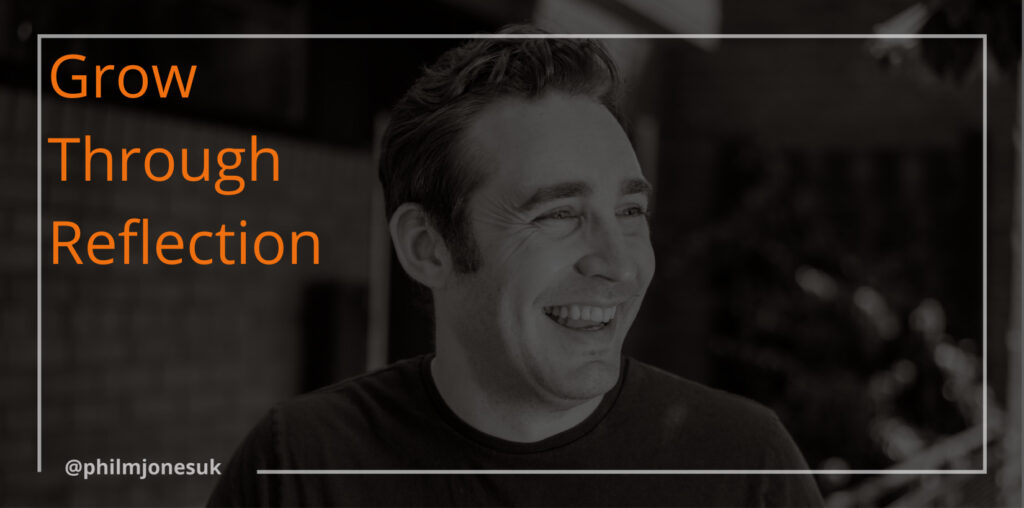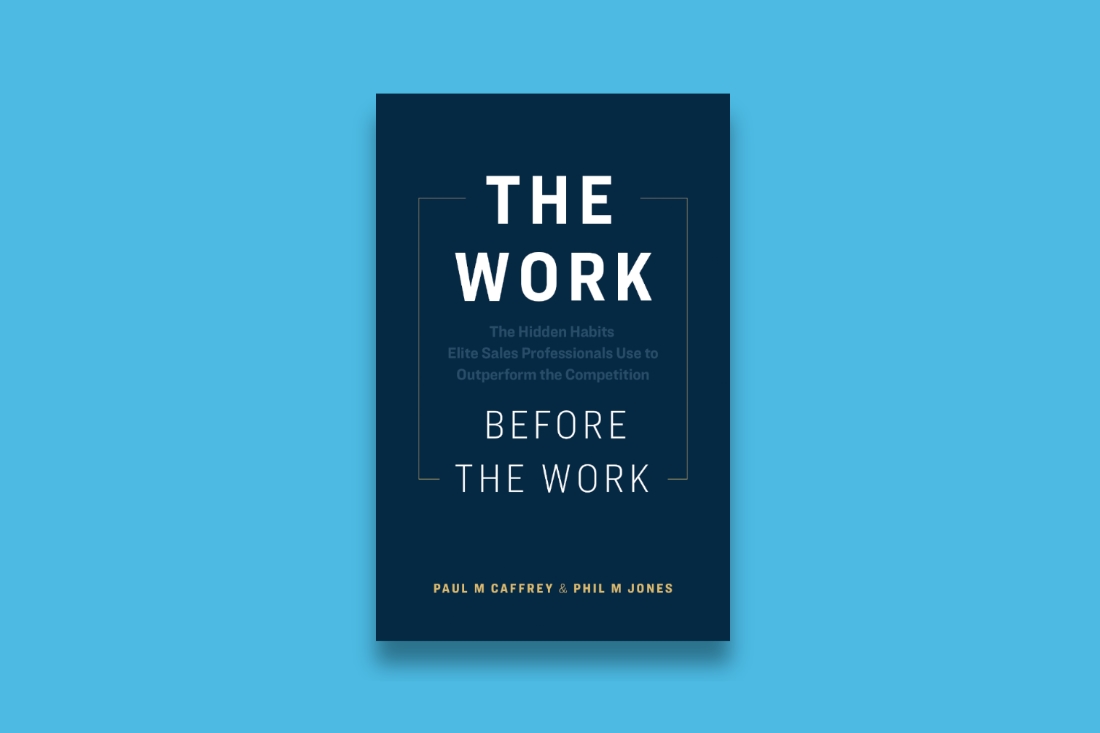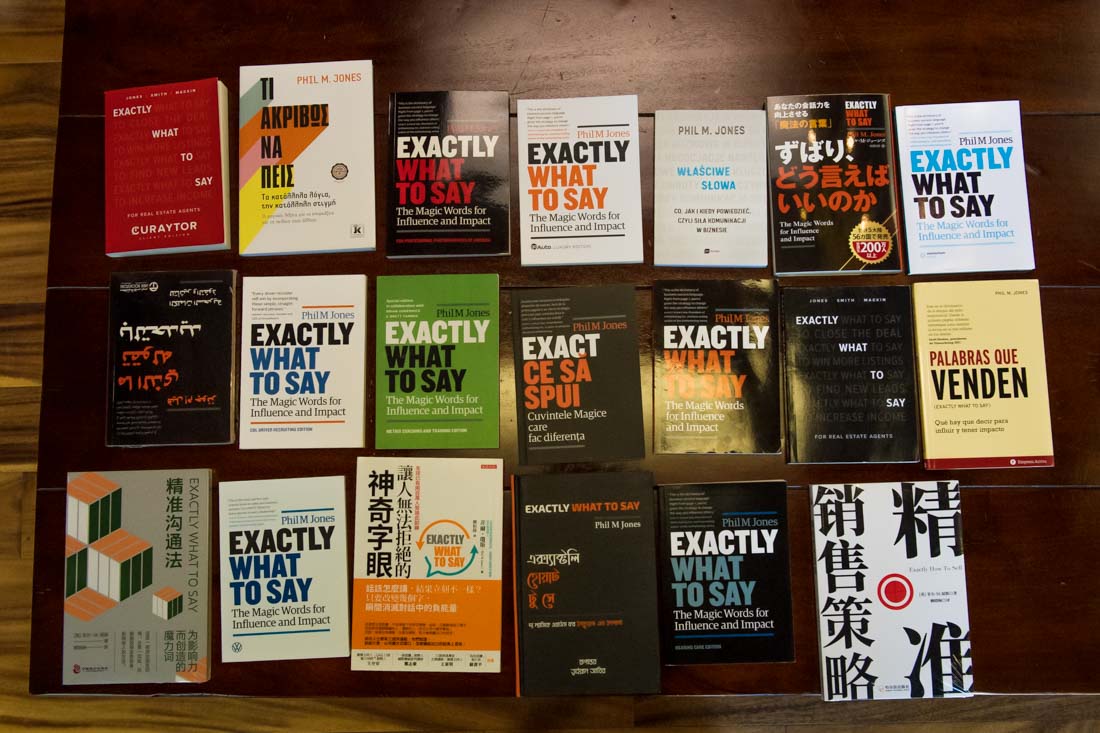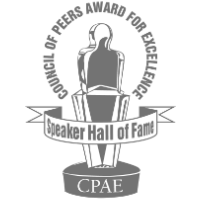Complacency is one of the biggest mistakes you can make, whether in your career or in your personal life. Continuing to do the same thing over and over without experimenting with your strategy or ramping up your results is a fate worse than rapid failure.
I ask a lot of people how business is. They tell me business is great, but when I ask what parts are great, they have no answer for me. The trouble is that when things are good, we stop focusing on all the little things that lead to our continued success and just enjoy riding the wave. But if you want to achieve the extraordinary, being complacent isn’t enough. You owe it to yourself to find room for continuous improvement.
Why People Don’t Reflect
Here’s the short answer: reflecting on their own performance makes people feel bad. If you stop after everything you do and think through everything you might have done wrong, then you’re going to end up writing a long list that only reflects all of your personal and professional insecurities. Obviously you’re going to come away from that experience feeling down in the dumps — nobody’s blaming you for that.
If you make yourself feel bad after doing something, chances are you’re not going to want to do more of the same thing. If you feel bad, you start thinking negatively. And when you think negatively, you perform poorly. It’s a huge downward slope. But whether or not you go down this path depends entirely on your mindset.
Because the thing is, failing at a new challenge doesn’t make you a failure. In fact, the only way anyone has succeeded in life is by going through a huge amount of failure, taking valuable lessons from each experience, and leaning into transformation. Not even the most successful, high-powered people are perfect, so don’t hold yourself to that standard. The best thing you can demand from yourself is constant self-improvement.
Support Your Success
When you’re reflecting on how you can improve, start with the good stuff. If you just think to yourself, “What did I do right and what did I do wrong?” you’re likely to fixate on everything you did wrong and beat yourself up again. That’s not the point of this exercise.
Instead, come up with a list of LBs. An LB is a “like best” — in other words, what you like best about the task you just completed. If you’ve just made a prospecting call to set up a key appointment, write out a long list of things you appreciate about your performance on the call. At first, you’re anchoring your self-image in what you did well.
Making your LB list roots your approach in confidence and balance. You’re not just taking time to stomp on your performance, but rather, you’re taking a realistic look at your strengths and weaknesses. And analyzing a set of things you know you’re good at will put you in a positive mindset to look at things you could have improved upon without descending into self-loathing.
Find Areas for Improvement
Now comes the hard part — except it doesn’t have to be as hard as you might have made it before. Instead of writing out a list of things you did “wrong,” come up with a list of NTs: next times. Think through exactly what you would build upon and do differently if you were faced with that same challenge again.
It becomes far easier to be genuinely honest in your criticism of yourself when you’re thinking in terms of “next time” rather than what you did wrong or how you failed. After all, you can never change the past. What you can do is get better in the future. The way people grow massive businesses and achieve huge success is not by ignoring their shortcomings, but by leading themselves on a journey of continuous improvement.
You don’t need to spend all your time reviewing these LB and NT lists, but you can certainly put them to use. After you write down your LBs and NTs from one event, look over them on the way to your next one. This practice will set you in a frame of mind to build on and enhance the things you’re already great at, and perform better where you had room to improve last time.
Try getting into the habit of using this process of LBs and NTs in everything you do and watch your strengths and abilities improve. You’ll start going out of your way to perform better than ever before. That’s what happens when you start a journey of constant improvement.
















